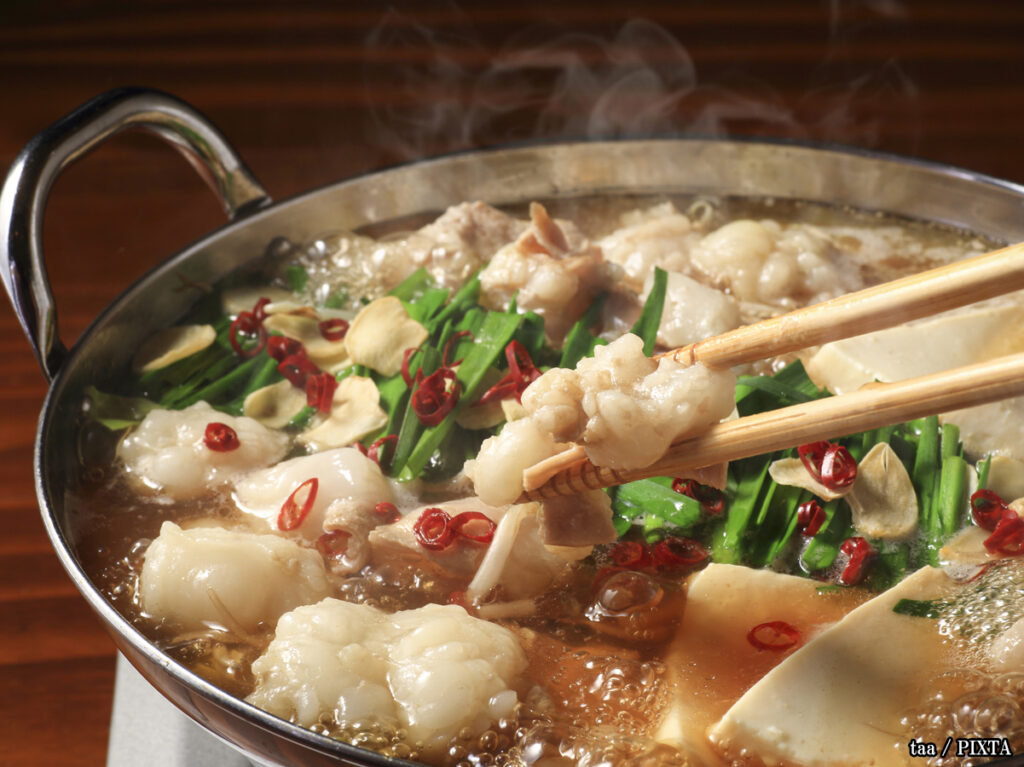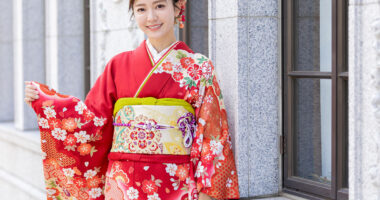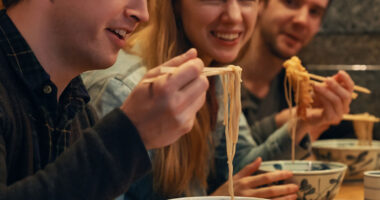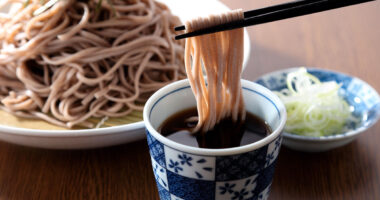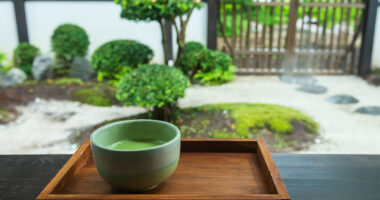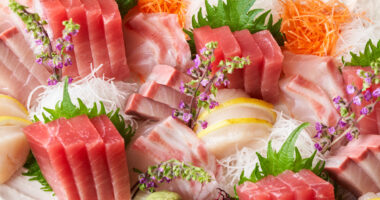Welcome to the unspoken language of the dining table in Japan, a country where etiquette is woven into everyday life, and dining is not just about satisfying hunger—it’s an experience steeped in ritual and respect. In this experience, chopsticks are more than just eating tools. So, if you think you know how to use chopsticks, think again, because in Japan, how you use them speaks volumes about your manners, mindfulness, and appreciation for tradition.
- Blending in with grace at the Japanese table
- Why does chopstick etiquette matter in Japanese culture?
- Mastering the motions at the table
- The right way to place and rest chopsticks
- Common chopstick taboos to avoid in Japan
- Lesser-known but important chopstick taboos: -bashi manners
- Words and actions that show politeness at the table
- When you're unsure, here's what to do
- Going beyond the table: bonus tips for travelers
- Recap: key Japanese chopstick etiquette dos and don'ts
Blending in with grace at the Japanese table
Understanding the Japanese chopstick etiquette dos and don’ts could be the difference between a warm smile and an awkward silence. Hence, this guide will walk you through the unspoken rules that define Japanese chopstick etiquette, ensuring you don’t just eat like a local—you show respect like one, too.
Let’s dive into the subtle art of blending in when dining in Japan!
Why does chopstick etiquette matter in Japanese culture?
In Japanese culture, etiquette at the table isn’t just for politeness—it reflects broader values like wa (harmony) and sonkei (respect). Since dining is often communal, and food is treated with reverence (so are the tools used to eat it), your behavior reflects your upbringing and respect for others.
Chopsticks, or hashi in Japanese, carry a symbolic and social weight. They’re used not only for eating but also in ceremonial practices, and how you use them signals your cultural literacy. Used improperly, they inadvertently mimic funeral rites or show disrespect. Used correctly, they signal your appreciation for both the cuisine and the culture.
Thus, understanding how to use chopsticks properly is more than just etiquette—it’s a form of cultural fluency. And for foreign visitors, understanding these subtleties is a way to connect meaningfully with Japanese hosts. It shows that you value their culture, not just their cuisine.
If you want to become a thoughtful and welcomed guest at any Japanese table, stick with us to find out the important etiquette associated with the use of chopsticks!
Mastering the motions at the table
If you’re confident in your basic chopstick skills, great. That’s just the starting point. The etiquette of how to use chopsticks during a meal involves much more.
- Picking up:
It starts with how you reach for them. Always reach for chopsticks with both hands when lifting them from the table—a subtle gesture of respect. - Transferring food:
Sharing is common, but there’s a right way to do it. When moving food from a shared plate, use serving chopsticks if provided. You can also grab an extra pair of disposable ones if they are available in a container at your table (or ask the waiter), then use those as serving chopsticks. Some people use the the blunt end to serve themselves but this can also considered bad manners, so observe and see what others are doing at your table. - Small dishes:
There’s no need to stretch awkwardly across the table. It’s perfectly acceptable to lift small bowls, especially rice bowls, closer to your mouth when eating. - Between bites:
These moments between bites are when your manners are most visible. Therefore, avoid fidgeting or playing with your chopsticks, as they’re not your drumsticks or pointers. Don’t lick them or suck on the tips either.
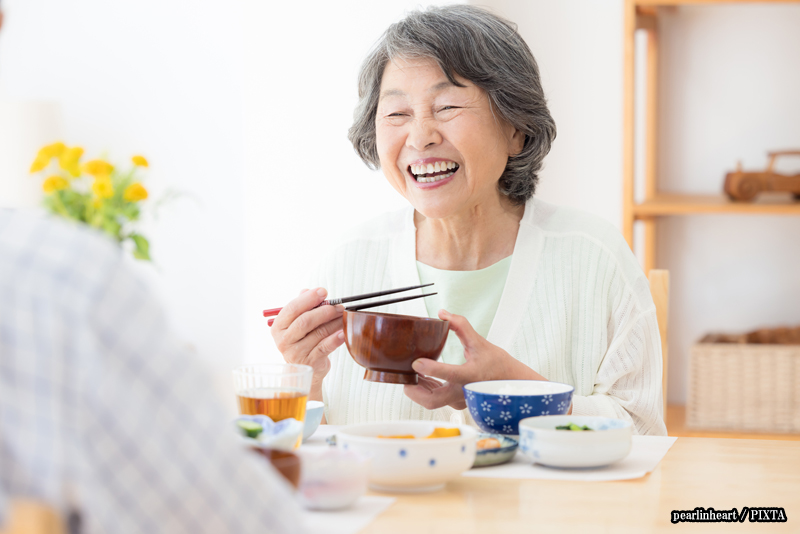
Photo for illustrative purposes
The right way to place and rest chopsticks
You’ve taken a bite, now what? The pause between eating is a chance to show you’re not just visiting Japan but understanding it. So, how do you handle that in-between moment with grace? Use a hashioki (chopstick rest).
Small and often decorative, hashioki are provided at many Japanese restaurants, and often placed on the left side of the plate or tray. Place your chopsticks horizontally, with the tips on the rest when not eating and facing left. Don’t cross them or lay them haphazardly. This shows you’re pausing, not finished.
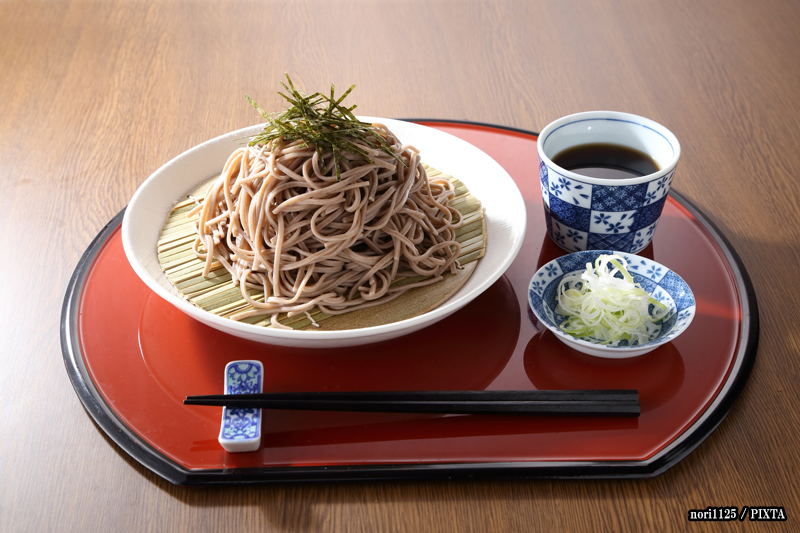
Photo for illustrative purposes
Well, what if there’s no chopstick rest? No problem.
If there’s no rest available, lay them parallel to the edge of your tray, either on the tray itself or if there is no tray, on the plate—not directly on the table or sticking into food. You can also fold the paper chopstick wrapper, when provided, into a tiny triangle rest—yes, that’s common and acceptable. Make sure the chopsticks aren’t sticking out or pointing towards anyone.
This moment of rest is part of the rhythm. You’re participating in a ritual of mindfulness, and believe it or not, your hosts notice. These actions signal thoughtfulness. In fact, some say how you rest your chopsticks reveals as much about your manners as how you use them.
Common chopstick taboos to avoid in Japan
Here’s where things get a little more serious. These aren’t just casual faux pas—they’re actions loaded with cultural weight. Let’s explore them in more detail and understand why they matter.
Pointing or gesturing with chopsticks
It might seem harmless, but waving or pointing your chopsticks at people or dishes comes off as aggressive or rude. Always set them down if you’re gesturing or talking.
Actions associated with death or bad luck
There are some things to avoid when using chopsticks in Japan because of their association with funeral rites or bad luck:
- Standing chopsticks upright in a bowl of rice:
Doing this at the table is one of the most serious dining taboos in Japan. It is seen as highly inappropriate and distressing to many Japanese people. So, if you need to pause, lay the chopsticks parallel to each other across your bowl or use a rest—never stick them into food. - Passing food from one pair of chopsticks to another:
This mimics the bone-passing ceremony after cremation, where family members use chopsticks to pass the bones of the deceased. It’s an act tied exclusively to death rituals and should never be repeated during a meal. Repeating this with food can be emotionally distressing for Japanese diners.
What to do instead:
Use the serving utensils provided, or place the food onto a plate before offering it to someone. - Crossing chopsticks on your table:
Although not as serious as the first two, some people consider it a sign of bad luck to cross your chopsticks when resting them, so it’s best to avoid doing this.
Lesser-known but important chopstick taboos: -bashi manners
Beyond the common dos and don’ts, Japanese etiquette recognizes specific named taboos—each with its own word, rooted in cultural nuance. These aren’t just technicalities; they reflect deep social sensitivities and expectations around dining.
Let’s break down some of the subtle taboos you might not have heard of but will absolutely want to avoid so you can dine with greater awareness and respect.
Saguri-bashi
This refers to digging around in your soup or dish with chopsticks to search for a favorite bite. While it may seem harmless, it’s seen as impatient and inconsiderate, especially when sharing dishes. So, take what’s on top or gently mix if needed—don’t excavate.
Mayoi-bashi
Literally meaning “wandering chopsticks,” this happens when you hover indecisively over several dishes. It gives off a sense of confusion or greed and can make others at the table uncomfortable. It’s better to decide what you want before reaching out. Choose with confidence and move gracefully.
Sashi-bashi
Using chopsticks to stab food instead of picking it up properly is called sashi-bashi. It’s considered clumsy and improper, similar to poking your food with a fork in fine dining. In Japan, food should be handled with subtlety and care.
Neburi-bashi
It refers to licking or sucking the tips of your chopsticks. Yes, it might happen absentmindedly, especially when a dish is extra delicious, but resist the urge. This is seen as childish and unhygienic. So, it’s a big no.
Yose-bashi
Using chopsticks to hook and drag a bowl closer to you may seem efficient but is considered lazy, rough, and disrespectful. Always use your hands to bring dishes closer.
Kaki-bashi
This involves stuffing food directly into your mouth using chopsticks while your face is close to the plate. It gives off a rushed and messy impression. So, instead of doing that, gently guide food to your mouth with measured movements.
Nigiri-bashi
Holding both chopsticks in one hand like a weapon, as if gripping a knife, is nigiri-bashi. This aggressive grip lacks finesse and appears threatening or rude. It’s a serious etiquette misstep in any setting, so always hold chopsticks with the calm precision they deserve.
Namida-bashi
Namida-bashi literally means “tearful chopsticks.” This happens when liquid or sauce drips from your chopsticks as you lift food. It’s seen as sloppy and reflects a lack of care or attention. Thus, a gentle shake or letting excess sauce drip before moving can prevent this.
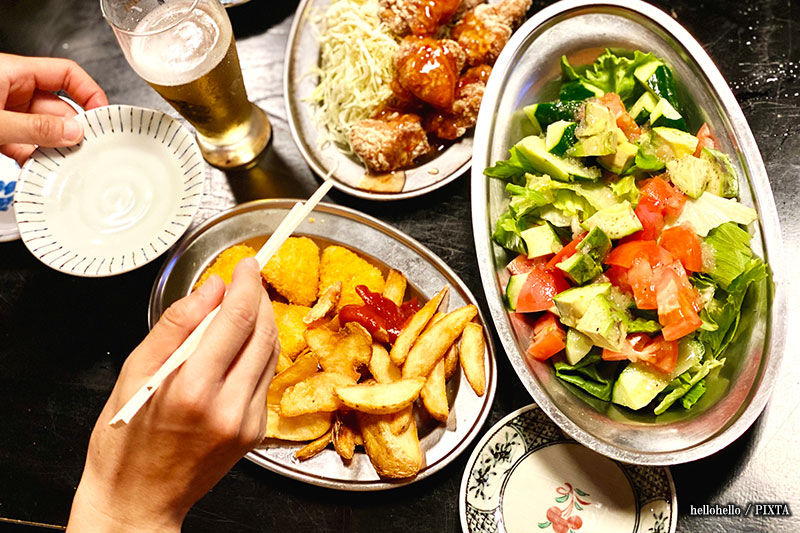
Photo for illustrative purposes
In sum, knowing the chopstick taboos to avoid in Japan can instantly earn you cultural credibility, and whether you’re in a casual ramen shop or at a formal dinner, being mindful of these gestures keeps the mood pleasant and respectful.
Words and actions that show politeness at the table
Here are a few things that express humility and appreciation at the table in Japan. They indicate that you’re not just physically present at the table—but socially and culturally present as well.
Setting the tone at the table
Saying itadakimasu before a meal, meaning “I humbly receive,” shows gratitude for the food and those who prepared it.
Finishing on a gracious note
Saying gochisōsama deshita after finishing, meaning “thank you for the meal,” signals that you’ve enjoyed and respected the experience.
Eating at the right pace
Eating too fast may seem unrefined, while eating too slowly might inconvenience others, especially in group meals. So, make sure you match the pace of those around you.
Being mindful in group settings
Waiting until everyone is served before starting is a quiet way to show unity and patience.
Asking for food to be passed is considered polite.
Eating silently (but not rigidly)
Slurping loudly or chewing with an open mouth is discouraged (except with noodles—slurping there is encouraged).
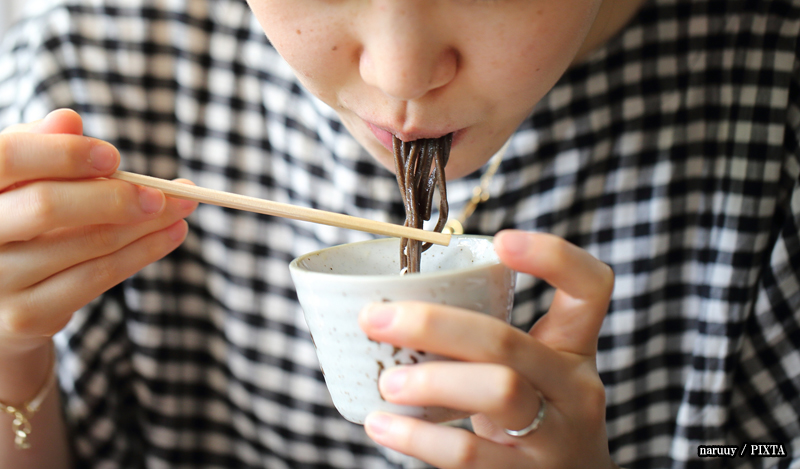
Photo for illustrative purposes
When you’re unsure, here’s what to do
You won’t be expected to get everything perfect, but here’s how to gracefully handle moments of uncertainty.
Observe others
Watch how locals behave. Notice where they place their chopsticks, how they serve from shared dishes, and how they react to each other’s actions. Observation is the fastest way to adapt. So, follow the lead of your host or other diners. Subtle cues can guide you more than any rulebook.
Ask politely
Most Japanese people will appreciate your willingness to learn and will often respond kindly. If you’re unsure, don’t hesitate to ask politely. In restaurants, gently saying sumimasen, kore wa daijōbu desu ka (“Excuse me, is this okay?”) shows effort and humility. After all, staying humble, curious, and respectful is always in good taste—no matter what’s on the menu.
Avoid over-apologizing
If you make a mistake, a sincere smile and polite nod will often suffice. Japanese hosts are generally forgiving toward foreign guests who try to be respectful. Remember, cultural etiquette isn’t about perfection. It’s about intention.
Going beyond the table: bonus tips for travelers
Business settings
If you’re attending a work-related meal in Japan, etiquette becomes even more important. In that case, let senior members begin first. Pour drinks for others before serving yourself, and never rest chopsticks directly on a business card or paperwork.
Bento boxes and convenience stores
Yes, etiquette applies even in casual meals like bentō (prepared, packaged meals). For that, use the provided chopsticks and napkins properly. Moreover, don’t eat while walking in public—find a place to sit down and enjoy your meal calmly.
Recap: key Japanese chopstick etiquette dos and don’ts
Let’s tie it all together with a quick list for your mental checklist:
| Do | Don’t |
|---|---|
| Lay chopsticks parallel to your bowl or tray when pausing | Don’t stick chopsticks upright in rice |
| Use separate serving chopsticks for shared dishes | Don’t pass food chopstick-to-chopstick (hashi-watashi) |
| Keep chopsticks on a hashioki (or folded wrapper) when pausing | Don’t point or gesture with chopsticks |
| Take food from the top or gently mix shared dishes before serving | Don’t dig through dishes looking for ingredients (saguri-bashi) |
| Choose food confidently when selecting from dishes | Don’t hover indecisively over dishes (mayoi-bashi) |
| Handle food gently and with care | Don’t stab or spear food with chopsticks (sashi-bashi) |
| Keep chopstick tips away from your mouth when pausing | Don’t lick or chew on chopsticks (neburi-bashi) |
| Bring dishes closer by hand | Don’t drag dishes with chopsticks (yose-bashi) |
| Gently guide food to your mouth with measured movements | Don’t shovel food into your mouth (kaki-bashi) |
| Hold chopsticks with a relaxed, precise grip | Don’t grip them like a weapon (nigiri-bashi) |
| Gently shake off excess sauce back into the dish | Don’t let sauce drip from your chopsticks (namida-bashi) |
The abovementioned pointers are more than just dos and don’ts. They’re the bridge between being a guest and becoming a welcome participant in a beautiful cultural experience.
Conclusion: the culture of chopsticks
Wrapping it up, in Japan, small things carry deep meaning. Chopsticks may seem like small details in your grand Japanese adventure, but in reality, those little wooden sticks tell a big story. They reflect how you perceive tradition, how you relate to your hosts, and how much care you bring to small interactions.
By mastering the Japanese chopstick etiquette dos and don’ts, you open the door to more than good meals. You invite genuine connection, respect, and appreciation, and that’s what turns a trip into a memory.
Next time you’re sitting across a steaming bowl of ramen or a delicate sushi platter, remember: your etiquette tells a story. Make it one filled with curiosity, care, and cultural awareness.
If you found this guide helpful, you’re already one step closer to experiencing Japan like a true insider. However, why stop here? Head over to Umami bites for more guides that help you not just visit Japan, but understand it. After all, when you travel with knowledge, you don’t just eat the culture—you savor it!
